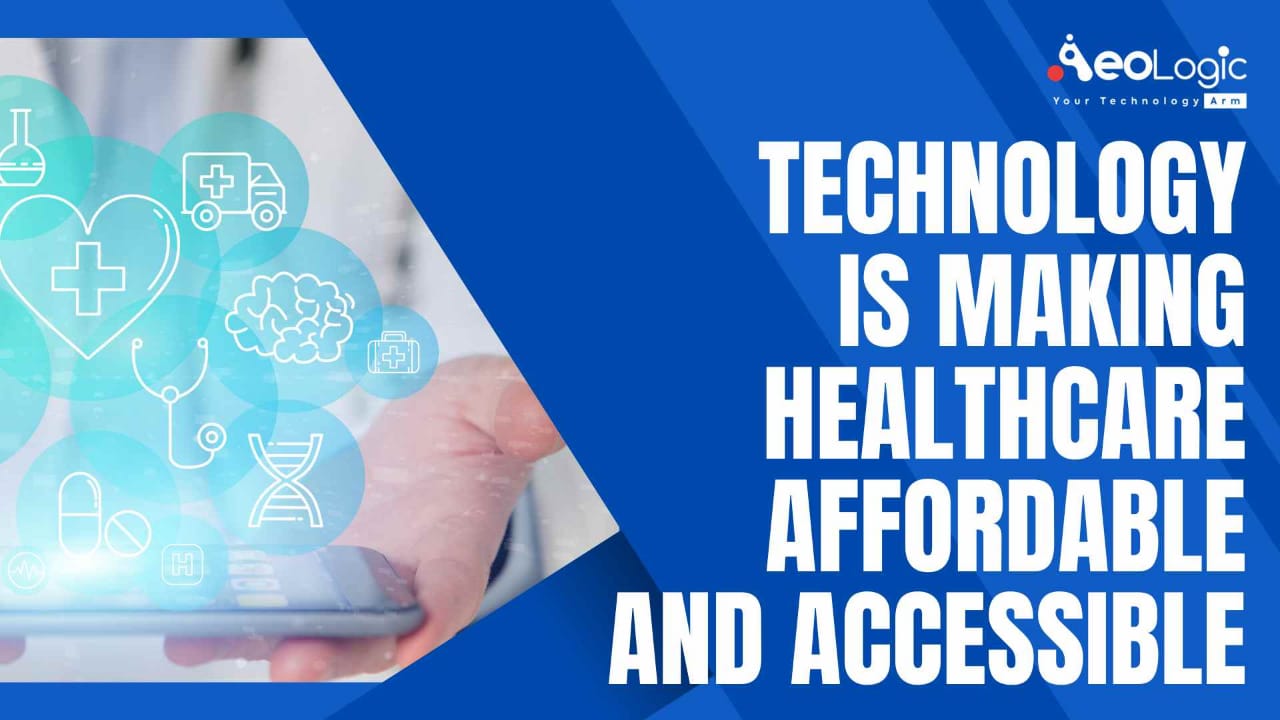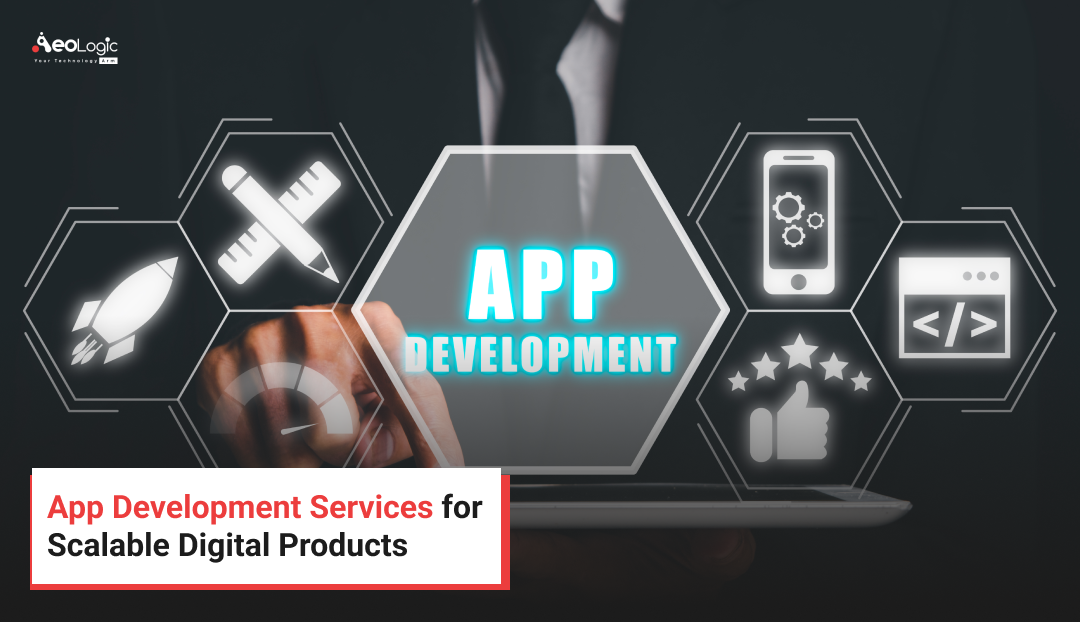In the last 20 years, technology has deeply changed the way that people communicate, do business, and consume media. However, it is also impacting people in a much more intimate way, affecting our health and daily wellbeing. Technology in healthcare is affordable now. Since it has the potential to make it more accessible. Though by making it cheaper, easier to reach, and easier to comprehend. A country, the size of India with crowded millions, will always have a persistent demand for affordable healthcare services by leveraging cost utility techniques. Economical innovation techniques are creating a positive impact on cost. In the next few years, emerging economies are expected to invest more in R&D and give human capital for multi-disciplinary research.
Let’s see how emerging technologies are helping the healthcare industry in the following sections.
Also read: The Importance of Information Technology in Healthcare
1. Add-ons and apps that can turn your smartphone into a mobile clinic
You essentially have a sophisticated handheld computer in your pocket if you have a smartphone. Tech companies are taking leverage of that to develop mobile gadgets and apps that can turn your smartphone into a medical device. Although with the potential to take the place of much larger, financially prohibitive equipment. Hence, technology in healthcare is affordable with this technique as one is not required to rush to the hospital for a cold or flu.
2. Telemedicine
Telemedicine is a system of remote medical consultation that generally involves talking to a health professional via phone or video. It is a developing field. WIRED reported that more than a million patients have used telemedicine services in the last year. Telemedicine provides a number of benefits. It is often cheaper than in-person visits. It doesn’t ask sick people to go out in public, possibly endangering others. And it has the capability to make healthcare more accessible to homebound people. As well as people in remote areas. To the people who do not have easy access to health services. However, telemedicine could potentially revolutionize healthcare, this system is presently far from perfect. For telemedicine to minimize overall healthcare costs, people have to use it to trade in-person doctor visits.
3. Robot Doctors
Robot doctors are actually medical advice powered by artificial intelligence. Although this is just around the corner. Technology in healthcare is affordable. Several companies are working on and testing out systems that would let people receive medical advice from advanced computers.
4. Tech that can help non-English speakers receive better healthcare
According to a U.S. Census report in 2015, more than 25 million Americans recognize themselves as having difficulty in speaking/understanding English. They have limited English proficiency. Difficulty in communicating with doctors and other medical staff shows a major health risk for Americans with limited English. The medical sector realizes from the extensive literature that language barriers are affecting access to care, health status, use of health services, patient/physician communication, satisfaction with care, quality, and safety.
Although, technology can fix the problem. There are several apps available in the market which are designed especially, to translate medical terms from language to language. However, these apps are far from a solution, as they lack the accuracy and nuance to be relied upon to give a reliable translation in a medical context. Since remote interpretation helps to ensure that patients in critical condition aren’t kept waiting for in-person translators. Also, patients receive translation from trained professionals (as opposed to family members or other untrained medical interpreters, who may not be able to translate with an appropriate level of accuracy).
5. Electronic consultation for doctors
A number of people in remote areas have to travel several distances to consult specialists (who often practice in urban areas). Furthermore, this process can be a time-consuming and expensive burden for patients. Tools like video conferencing are enabling primary care physicians in rural areas to consult virtually with specialists according to the Health Affairs blog. In some cases, these consultations are helping in eliminating the requirement for a patient to travel to a specialist at all. Whereas in others, they help the primary care doctor to avoid sending patients for specialist visits that may be unnecessary. Also, some rural patients are also able to consult specialists directly, with the help of video conferencing at their local clinics.
Also read: IoT Drone Technology Integration in Medical Logistics Delivery
Conclusion
We are observing an evolving technologically-propelled healthcare system. As it is providing a gamut of service offerings. Hence, making healthcare affordable and concurrently bridging the accessibility gaps across locations and segments. We can assume that technology in healthcare is affordable. Moreover, under the aegis of public-private partnership and technologically aided healthcare framework, affordable, and accessible healthcare for all will become a fundamental right in the near future.
If you are also interested in taking an initiative in the medical sector and looking for industry experts, then do not hesitate to contact us at Aeologic Technologies.
FAQs
How does technology is impacting access to healthcare?
Technology has brought about huge and welcoming changes to the healthcare industry. Patients now have access to some of the new and cutting-edge treatments, best diagnostic tools, and innumerable minimally-invasive procedures ensuing in less pain and quicker healing.
What are the challenges in technology in the healthcare sector?
There are a few disadvantages of technology in the healthcare industry. Such as cybersecurity risks, frustration with poor implementation of the technology, impersonal patient-doctor interaction, and many more.






